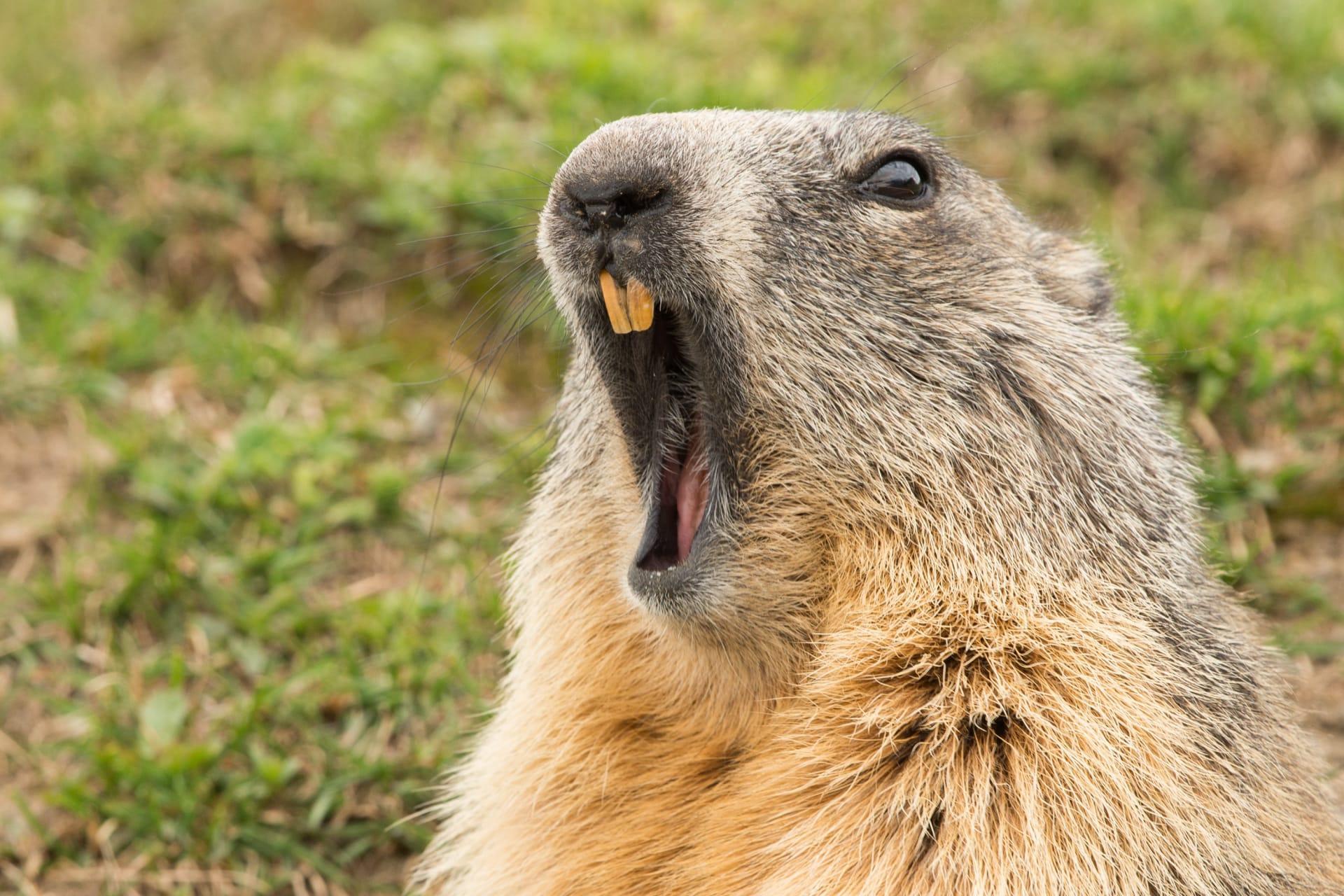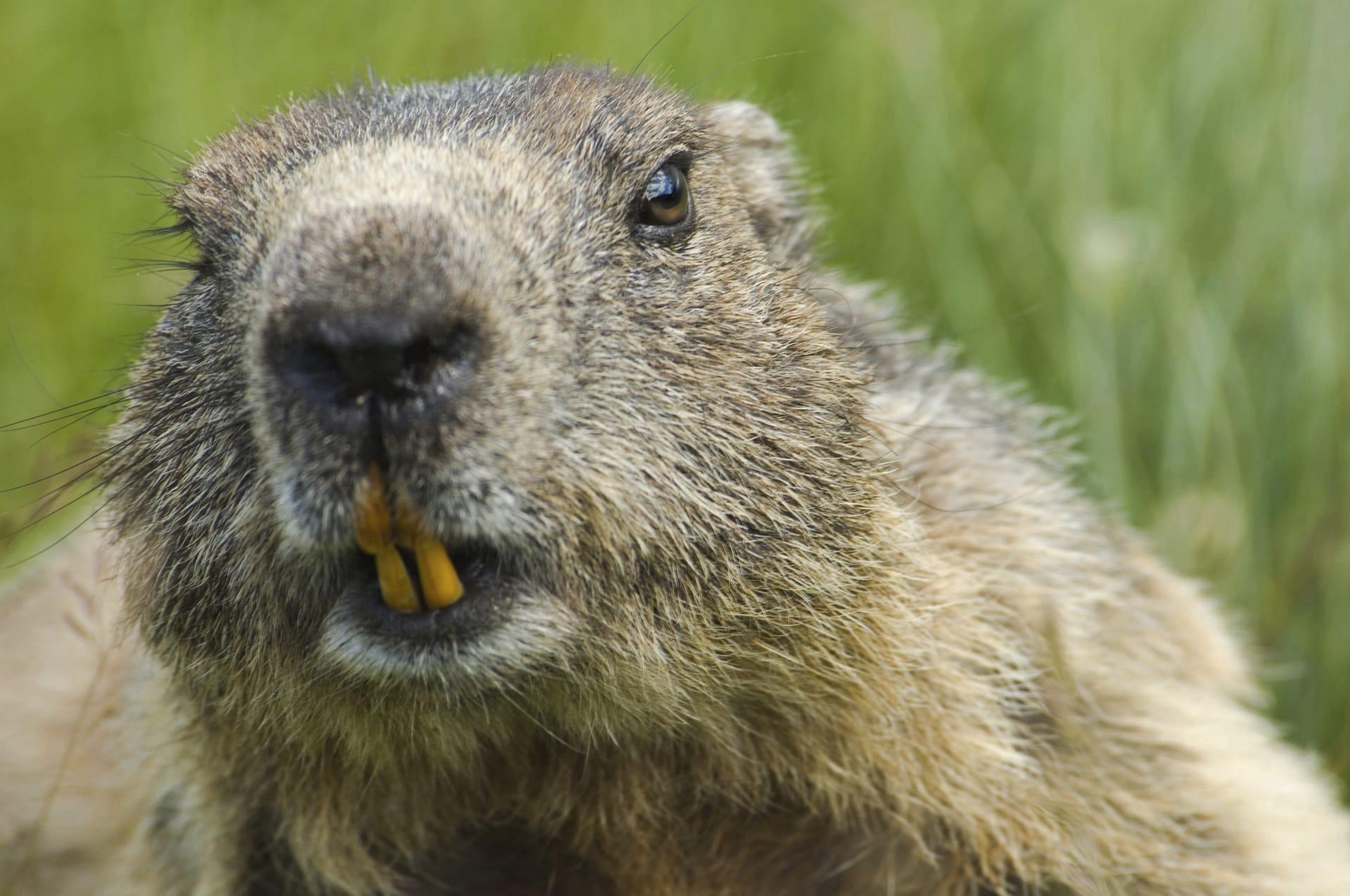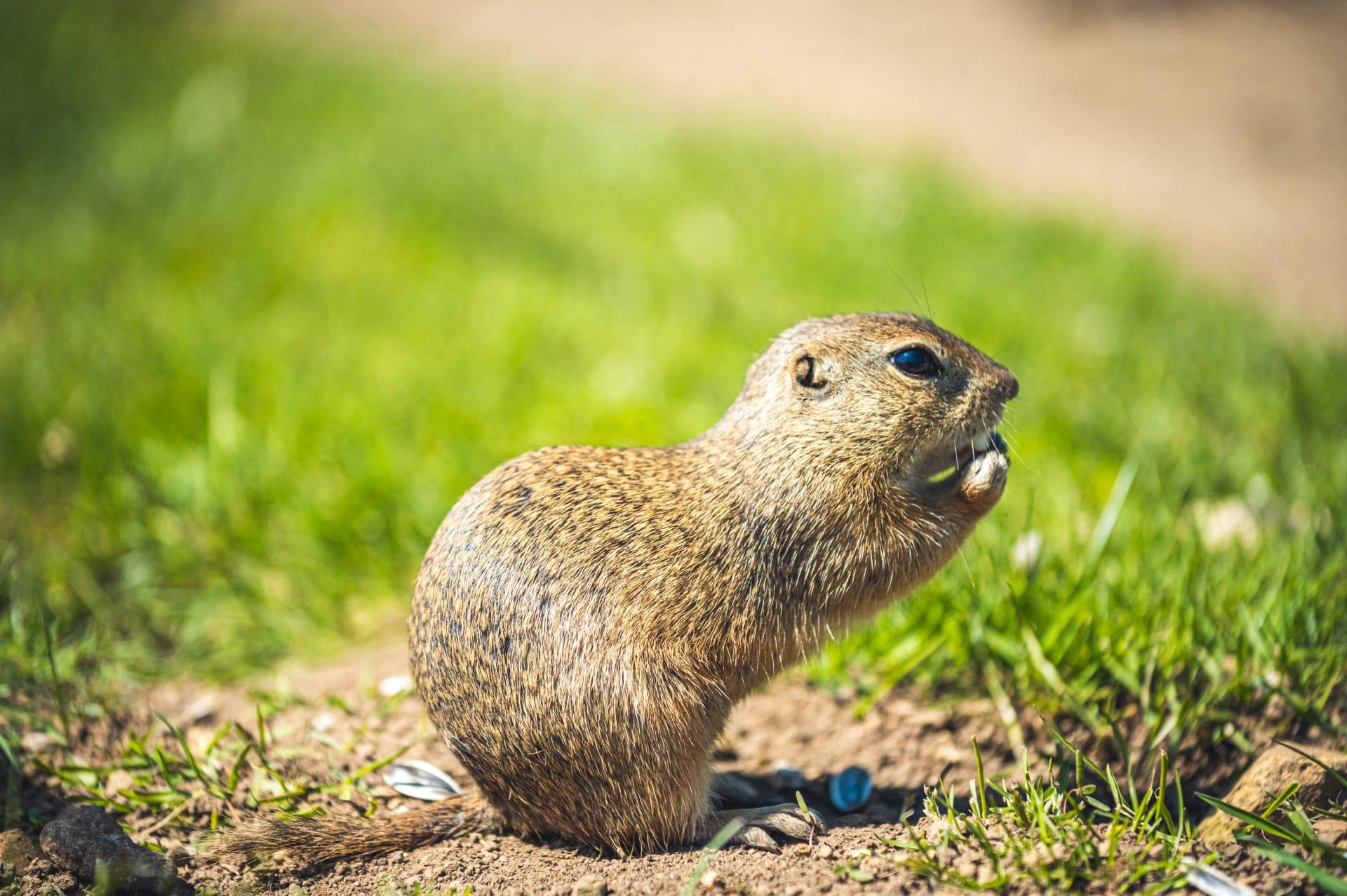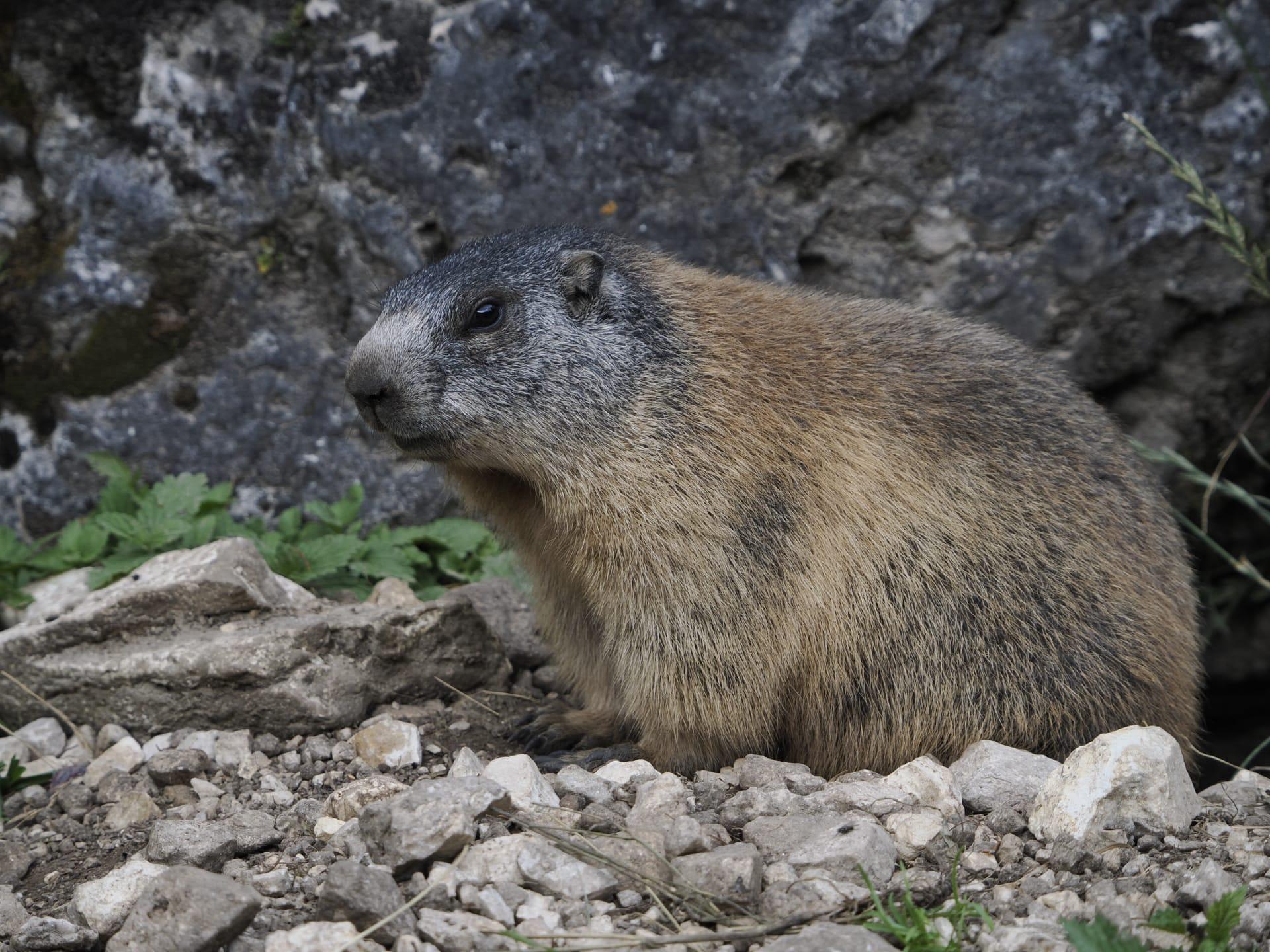1
Groundhogs, also known as woodchucks, are capable of climbing trees to escape predators or to get a better view of their surroundings. This might surprise many, considering their chunky body structure and ground-dwelling habits. These little climbers can scale trees up to 30 feet high, using their sharp claws and strong limbs.
Another fascinating fact about groundhogs is their incredible digging skills. They create extensive burrows, which can be over 45 feet long with multiple entrances and exits. These burrows are not just simple tunnels; they include specific chambers for sleeping, rearing young, and even a separate 'bathroom' area. The depth of these burrows can reach up to 5 feet underground, providing safety and temperature regulation.

2
Groundhogs have a unique way of controlling their body temperature during hibernation, known as torpor. During this period, their body temperature can drop to as low as 37 degrees Fahrenheit, heart rate slows to about 5 beats per minute, and breathing can reduce to just one breath every six minutes. This state of reduced physiological activity helps them conserve energy throughout the winter.
These creatures are also known for their weather prediction folklore. According to popular belief, if a groundhog sees its shadow on February 2nd, it means six more weeks of winter. While this is more myth than science, it highlights the groundhog's significant role in North American culture, especially around Groundhog Day celebrations.

3
Groundhogs are surprisingly good swimmers. This skill aids them in escaping predators and exploring new territories. They use their powerful limbs to propel themselves through water, and can swim across rivers and streams quite efficiently.
Did you know groundhogs are one of the few animals that truly hibernate? Their hibernation, which lasts from October to March, is a deep sleep where they survive on their fat reserves. During this period, they lose about 30% of their body weight, relying entirely on the fat they've accumulated over the summer.

4
Groundhogs are solitary animals, especially outside of the breeding season. They are highly territorial and will fiercely defend their burrow system against intruders. These burrows are not shared with other groundhogs, except during mating season and when mothers are rearing their young.
Another lesser-known fact about groundhogs is their vocal abilities. They communicate through a variety of sounds including barks, squeals, and grunts. These vocalizations serve different purposes, such as warning others of danger, attracting mates, or communicating with their young.

5
Groundhogs have a significant impact on the ecosystem. They act as ecosystem engineers with their burrowing activities, which help in soil aeration and nutrient mixing. Their abandoned burrows also provide shelter for other animals like rabbits, foxes, and skunks.
Lastly, groundhogs have a varied diet that changes with the seasons. In spring and summer, they primarily eat fresh greens, fruits, and vegetables. In the fall, they switch to more calorie-dense foods like nuts and seeds to build up fat reserves for hibernation. This varied diet helps them to adapt to different environments and food availability.